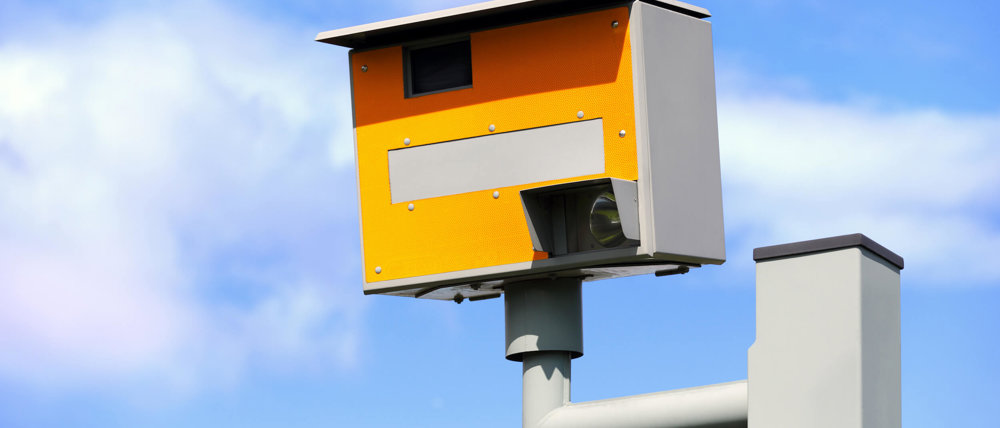Technology and road safety have been in the media quite a lot lately. The theme of discussion is often the fact that it’s human, rather than technical error, that is to blame in the majority of accidents and that if you eliminate the human factor, through driverless (autonomous) cars, we can all look forward to much safer travelling.
While partly autonomous cars may be available from 2018, we do not expect fully autonomous vehicles until 2025. However, if we look at wider technological advances, there’s already quite a lot that’s being done to combat human fallibility when it comes to driving.
Safe driving apps
Unlike driverless cars, some new technology is designed to assist drivers, rather than replace them. Safe driver apps, such as Aviva Drive, record your journeys through GPS and monitor things like your acceleration and braking. It then uses this information to calculate discounts on your motor insurance. Safe driving apps are an example of technology using that most human of pressure points - financial incentive - to ultimately encourage safer driving.
Autonomous Emergency Breaking (AEB)
AEB technology is more similar to autonomous car technology, in that it takes a necessary action when a driver fails to do so. AEB can stop a car in time to prevent a collision at slow speeds, and even when travelling fast, the technology can reduce the severity of an impact. AEB is becoming commonplace in new cars, but it will be decades, rather than years, before all cars on the road today have been replaced by newer models with AEB systems.
Speed control technology
While we wait for the cars on the road to catch up, technology that’s installed outside the car has a more immediate impact on all traffic, no matter whether the car is a vintage model or fresh off the production line. We’re all familiar with this in the form of speed cameras.
Speed is a major factor in accidents resulting in fatalities or serious injuries and yet some motorists see speed enforcement as nothing more than a revenue raising activity by local authorities.
Speeding fines are undoubtedly a revenue raiser, but they’re a revenue raiser that saves lives.
The form of speed camera that is most successful is that which records average speed over a given distance. These are known as Speed Enforcement Camera Systems (SPECS). In permanent SPECS schemes that are more than three years old, the number of people killed or seriously injured drops by around 70%, on average. As well as improving safety, this system also eliminates the flow breakdown that can lead to longer journey time and traffic jams, which results from braking for traditional speed cameras.
Less braking and acceleration in turn lead to improved fuel economy and a reduction in noise levels and CO² pollution.
One of the latest average speed camera schemes has been implemented by Transport for London (TfL) on the A316 near Sunbury. The cameras went live in June 2016 and TfL’s Ben Plowden says that: ‘We are committed to delivering a 40 per cent reduction in the number of people killed or seriously injured on the capital’s roads by 2020.’
Like safe driving apps, speed control technology provides a financial incentive in order to moderate driver behaviour, through fines and enforcement.
Innovation for road safety is set to become more ingenious and effective in the future, combatting human error on different fronts. But until driverless cars become a universal reality, some of the most effective innovation is that which has a keen understanding of the human psyche.







